Hair Rotation Surgery (Pilonidal Sinus)
Hair loss is more common in men, and if left untreated, it negatively affects daily life. It is mostly seen in professional groups such as barber and animal care. Hair rotation surgery is referred to as pilonidal sinus in the medical literature. It is a safe operation that is frequently performed throughout the world as well as in Turkey. Patients suffering from ingrown hairs can resolve this problem by consulting a physician immediately.
What is ingrown hair?
The pilonidal sinus, known as ingrown hair, occurs with a small opening in the intergluteal fold of the sacrococcygeal region, approximately 4 centimeters above the anus. Penetration of the hair in the lower layer of the skin causes discomfort in the patient. In addition to rupture, ingrown hair causes chronicity, recurrence and infection. Although it is more common in young adults between the ages of 15 and 35, it can be observed at any age.
Pilonidal sinus occurs 3-4 times more often in men than in women. Therefore, it is also described as a young adult male disease. The formation of sinus openings in the sacrococcygeal region is the first stage. The hair that enters the sinus openings here goes under the skin (dermis). When bacteria enters under the skin, acute abscess development begins. At this point, the purpose of the skin is to expel the abscess, so the discomfort that can open new tunnels in the skin spreads more and more.
Which Area Is Involved?
Because ingrown hair (Plonidal sinus) causes a sac-like appearance in the coccyx, patients sometimes describe the problem as acne and go to the wrong doctor. Hair rotation surgery (Pilonidal Sinus) and its diagnosis are performed by the field of general surgery. People suffering from this problem apply to a general surgeon. The physician first listens to the patient's complaints and then makes a diagnosis by performing a physical examination. Treatment of ingrown hair is surgical methods, other methods are ineffective.
General surgery is an extremely broad medical unit. Proctology specialists, one of the branches of general surgery, should be preferred in the rectum and anus (breech) region, which is the last part of the large intestine. In our country, proctology serves not as the main but as a sub-unit. For this reason, it will be sufficient to apply to general surgery in hospitals.
What is Hair Rotation Surgery (Pilonidal Sinus)?
The most accurate method for hair rotation surgery (Pilonidal Sinus) is determined by the general surgeon, taking into account factors such as the stage of the disease, its prevalence, location, condition, age and chronic diseases of the patient. If there is an abscess in the region, the abscess is drained first. Depending on the types of ingrown hairs, the operation methods also change. In case of acute inflamed sinus, drainage and simple incision are sufficient. In standard treatment, total excision is made and the wound is left open or closed. These methods are as described below:
1. Excision + leaving for primary healing: Excision refers to the complete or partial removal of a tissue from the body by cutting it in surgery. This technique is commonly preferred if the bristle tissue is not very large. The surgeon removes the diseased tissue with intact borders and the problem in the area heals primarily.
2. Excision + open technique (leaving to secondary healing): In this method, the wound is not closed, it is left open and expected to heal spontaneously. Although the recovery period is longer, the risk of recurrence of the disease in the long term is extremely low. There is also less chance of complications.
3. Excision + flap shift: This operation, which takes longer compared to others, is also more complex. However, recovery takes place rapidly and the patient returns to his old self in a short time. The risk of recurrence of the pilonidal sinus is high.
How is Hair Rotation Surgery (Pilonidal Sinus) Performed?
Bascom method (Sinusectomy): Hair rotation surgery (Pilonidal Sinus) is performed with local or general anesthesia. An incision is made in the middle of the coccyx and thus access to the sinuses is provided. The surgeon cleans and scrapes the contents of the sinus and then removes and sutures each sinus opening one by one. The main purpose of the Bascom method (sinusectomy) is to remove only the sinuses without disturbing the healthy tissue in the lower part. After the operation, there is a rapid recovery period. Dressing processes are also extremely easy. It is not preferred for complicated cases.
Regeneration method: The purpose of the operation is to remove the diseased tissue. The surgeon does not interfere with the healthy tissue in any way. The abnormal and diseased tissue that causes the hairs to penetrate the skin is removed from the area, and a healthy and resistant tissue is aimed to be formed instead. The risk of recurrence of the pilonidal sinus is very low compared to other methods.
Hair Rotation Surgery (Pilonidal Sinus)
Among the symptoms that occur in the patient, including hair rotation surgery (Pilonidal Sinus), there are pain, discharge and swelling in the coccyx region. The exact cause of ingrown hair is not known yet. However, it has been observed that small particles such as thrush and hair accumulate in the coccyx and pass under the skin. Bacteria pass under the skin by following the hair and thrush. Subsequently, an abscess occurs in the region.
The amount of hair in the coccyx is high and frequent, the tendency of hair loss is high, the coccyx has a deep and narrow structure, the person does not pay enough attention to hygiene, has a skin suitable for bacterial growth due to diaper rash and frequent sweating, scars or scars near the breech. The presence of cracks in the hair, being in a sitting position or working all the time are among the risk factors for ingrown hairs.
What are the Advantages of Hair Rotation Surgery (Pilonidal Sinus)?
Hair rotation surgery (Pilonidal Sinus) puts an end to the discomfort that critically affects the daily life of the patient. Cleaning the abscess in the painful area even while sitting before the operation allows the patient to return to his normal routine. The dressing and care process of the commonly performed surgery is easy. In this way, the recovery time of the patient is also reduced.
The risk of recurrence of the pilonidal sinus in the coccyx region after a successful hair transplant surgery ranges from 3 percent to 50 percent. The risk can be greatly reduced if attention is paid to the competence of the physician, the methods used and the sensitivity of the patient.
Process After Hair Rotation Surgery (Pilonidal Sinus)
Although the recovery process after hair rotation surgery (Pilonidal Sinus) varies depending on the size of the abscess, the amount of tissue sketched, the patient's healing ability and care, mostly patients can return to their ordinary life on the first day. Depending on the situation, the physician calls the patient again for dressing and controls. Post-operative pain is not severe, whether the ingrown hair will recur or not depends on the methods used in the operation.
The suture marks maintain their presence in the region, they can be large or small depending on the situation. In the regeneration method, the scar is extremely small and cannot be seen. The patient should pay attention to personal hygiene to prevent recurrence of ingrown hair. It should be ensured that there is no rash in the coccyx area, there is no excessive sweating, and it should be kept dry. Laser epilation may be preferred if there is an excessive amount of hair in the coccyx area.
The coccyx area should be carefully cleaned in every shower. Laundry with a high cotton content can be used to prevent sweating. Medicines and creams given by the physician should be used completely and the examination dates should not be missed.

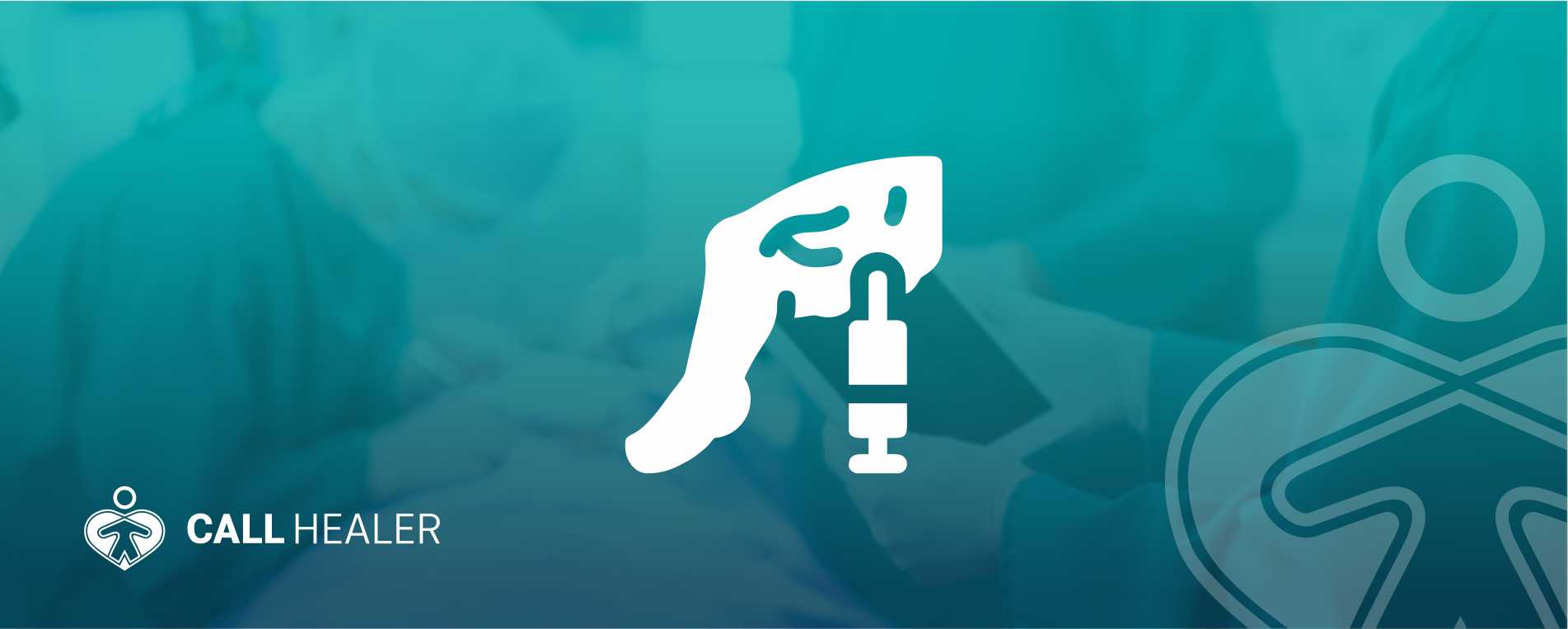
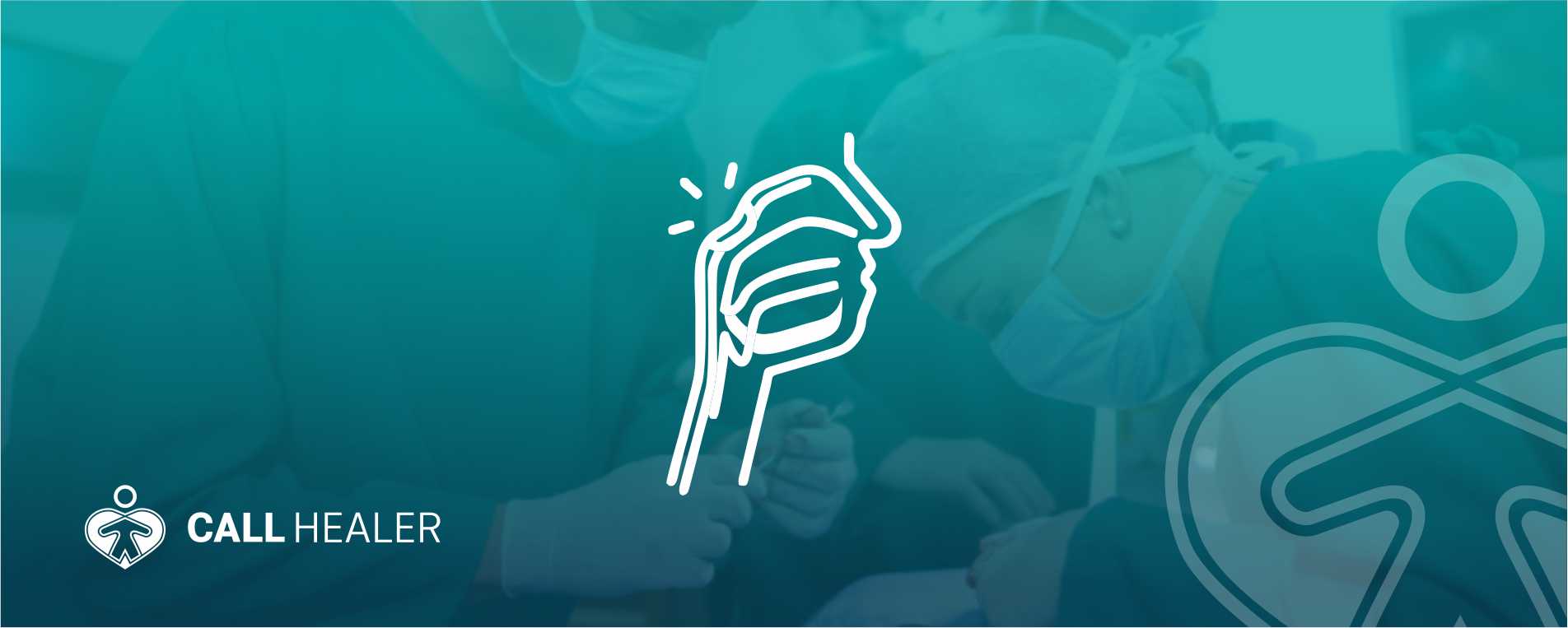
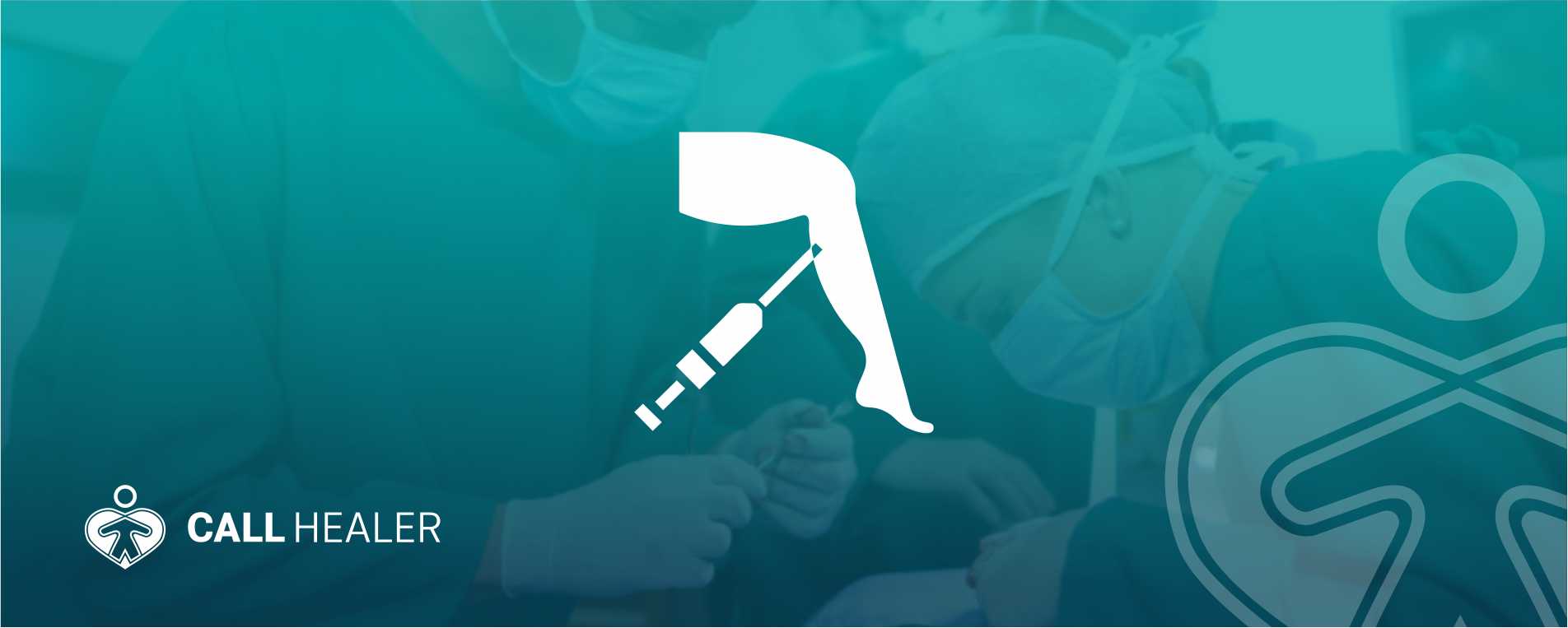
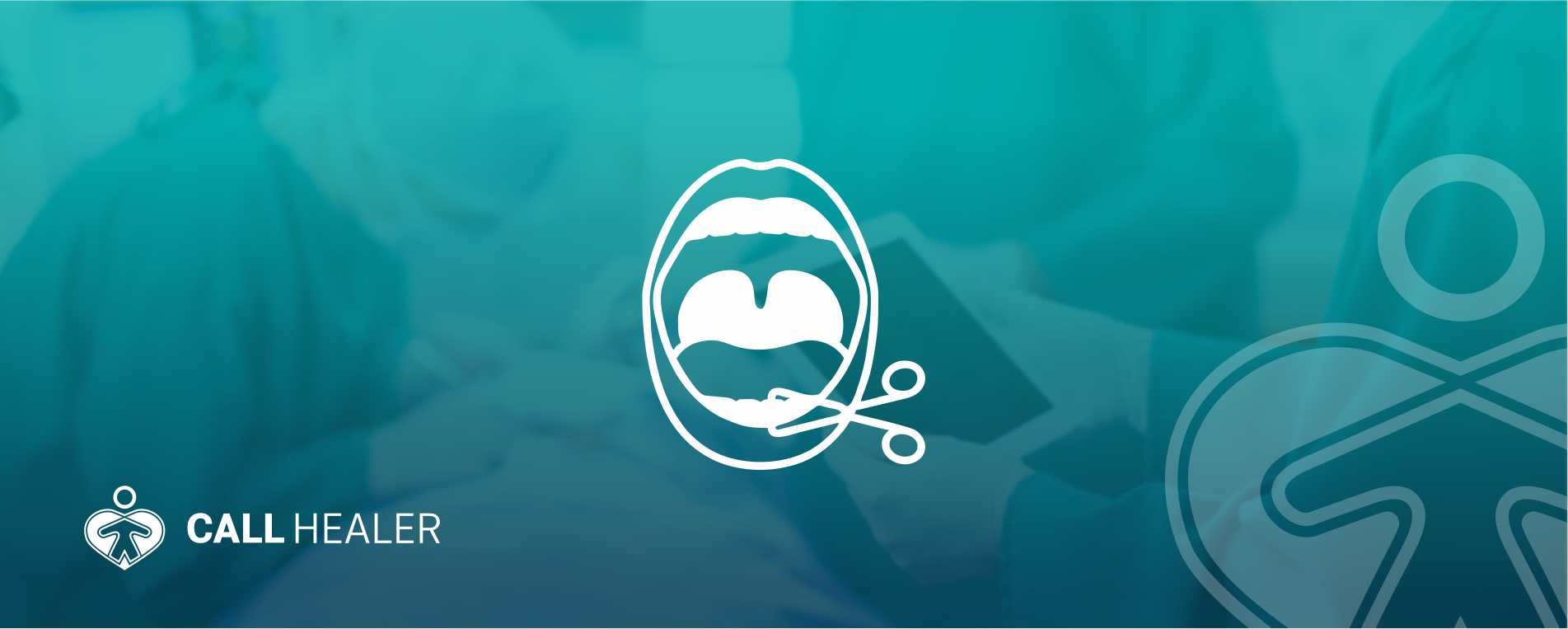
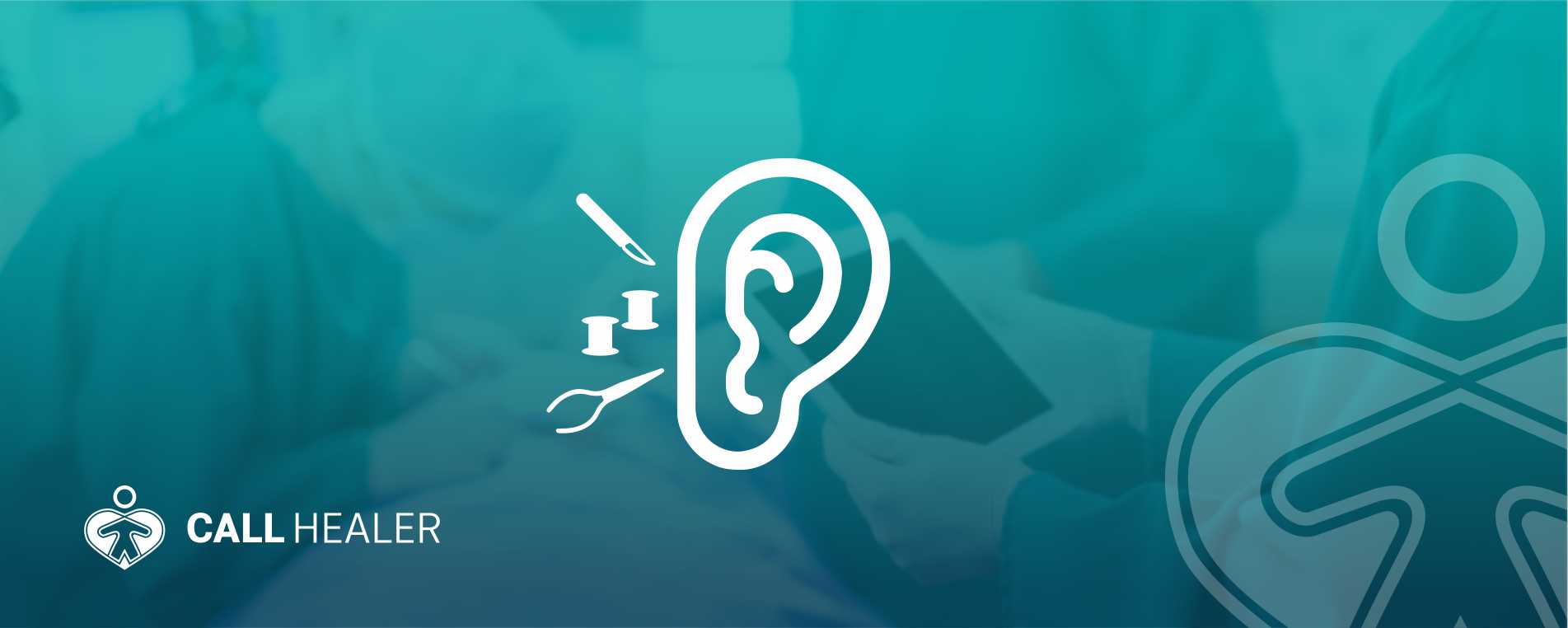
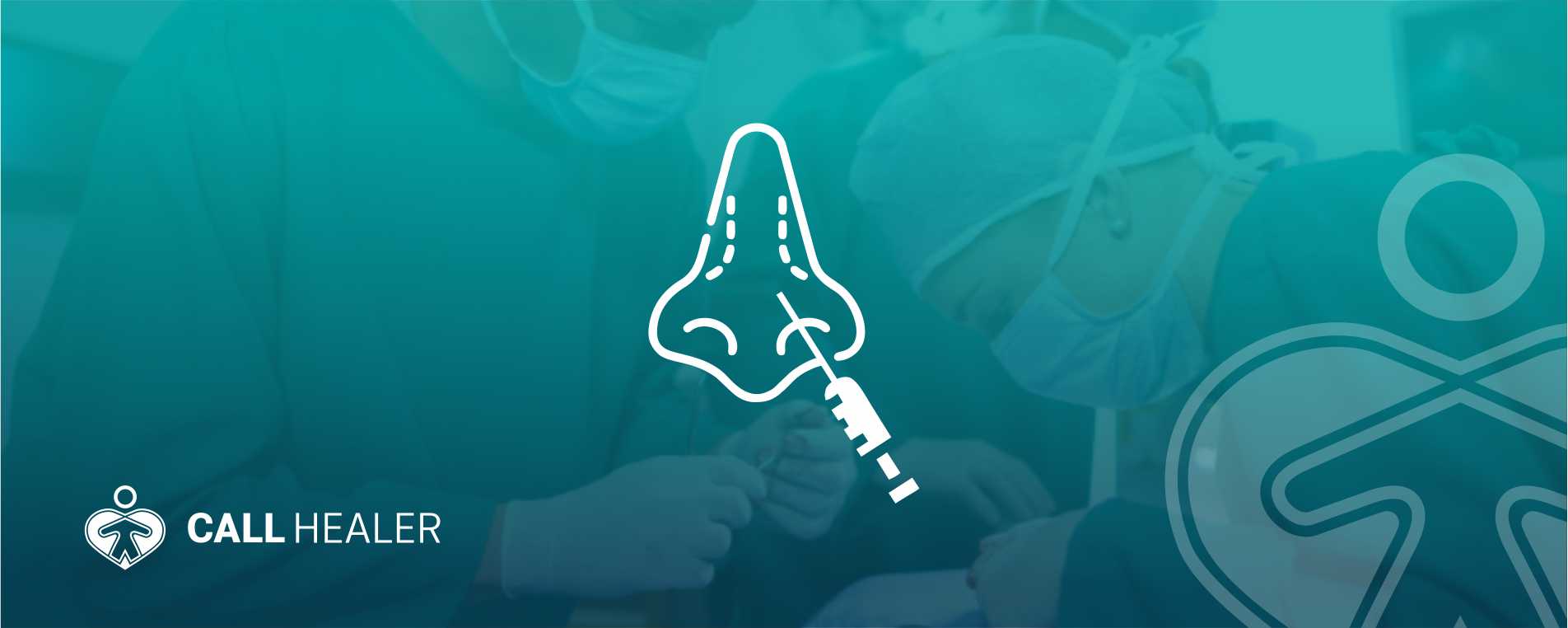
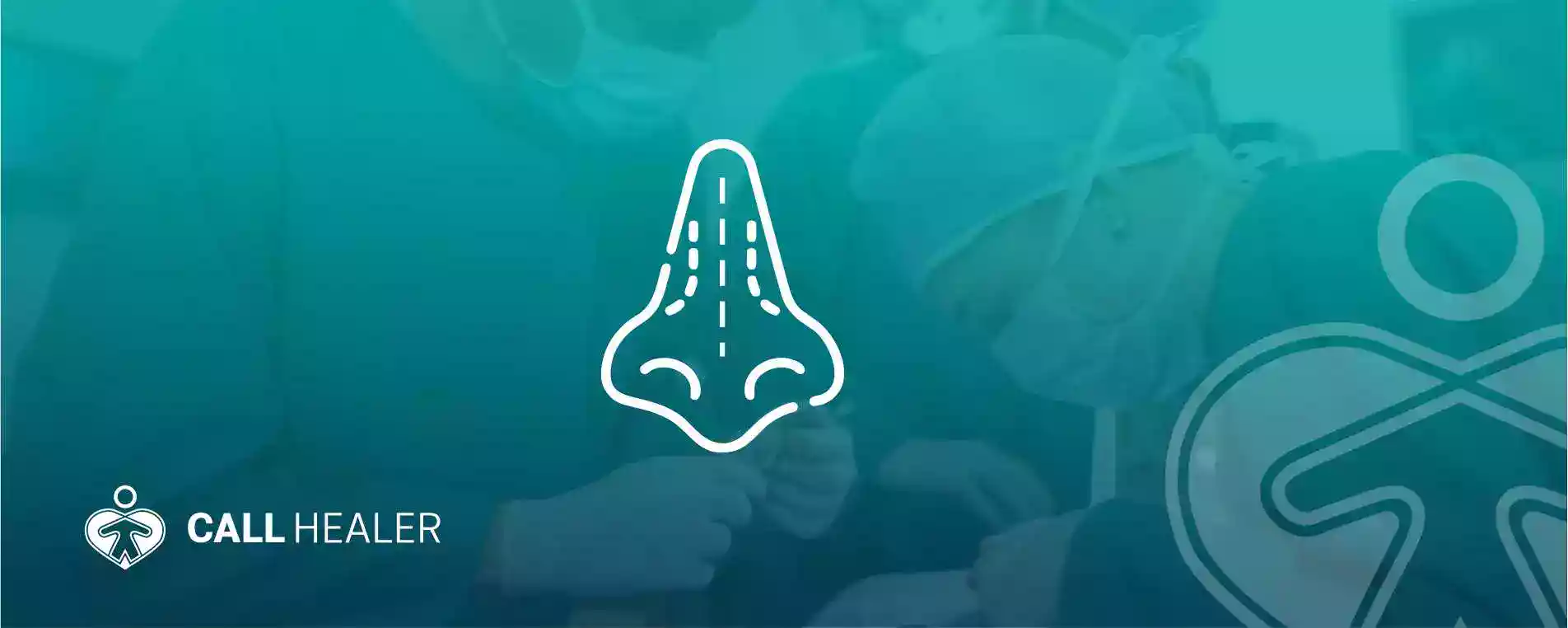

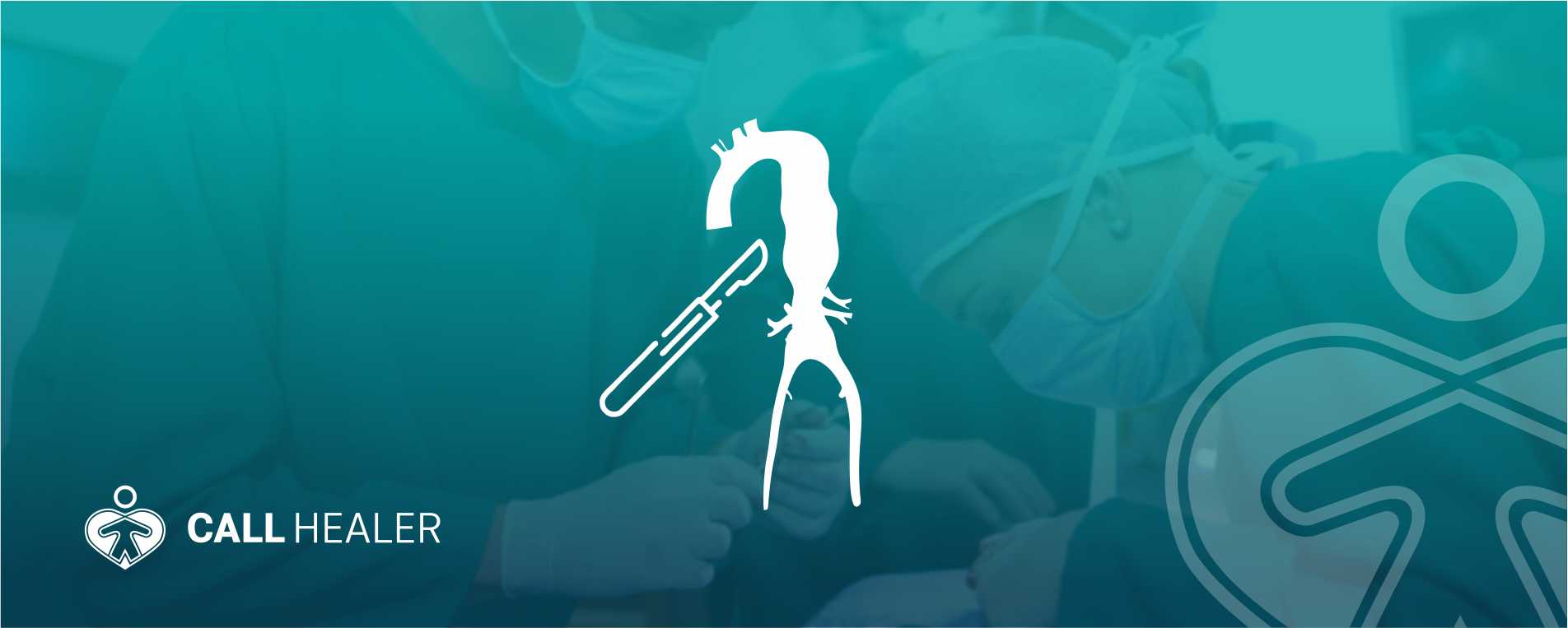
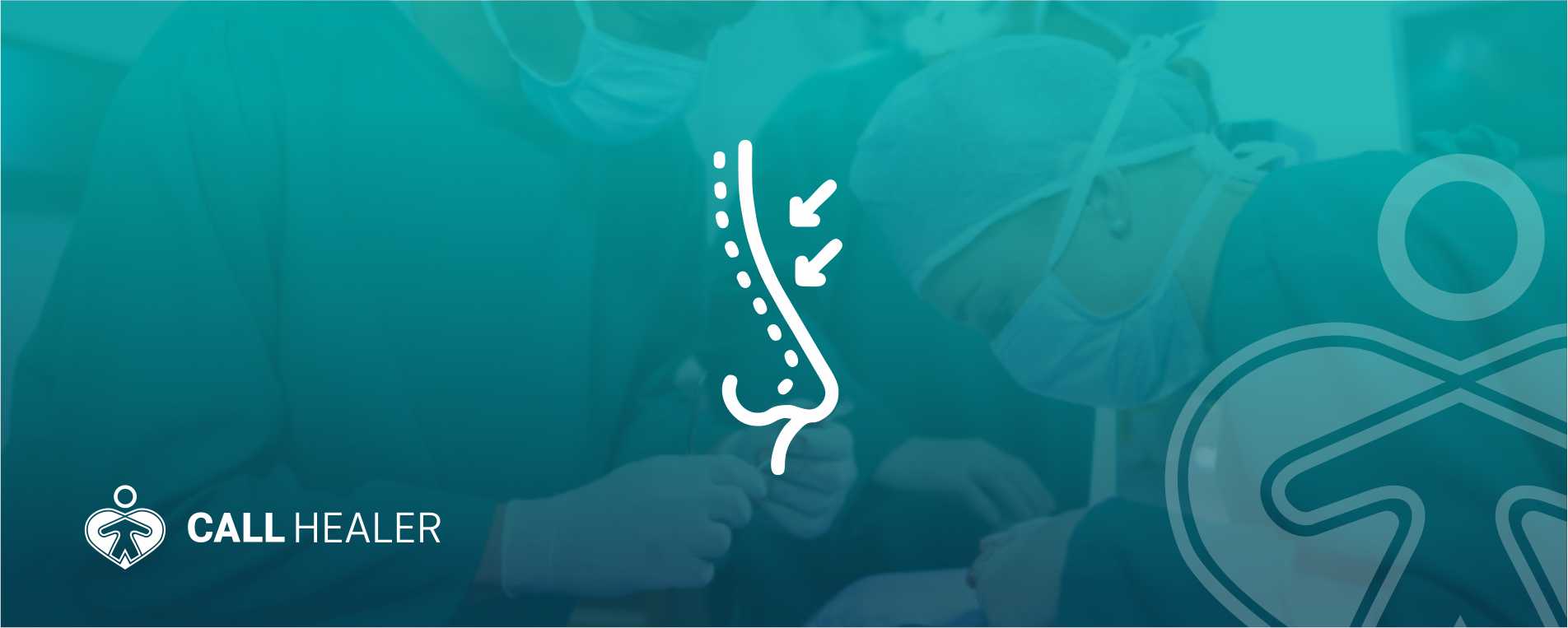
{{translate('Yorumlar')}} ({{yorumsayisi}})